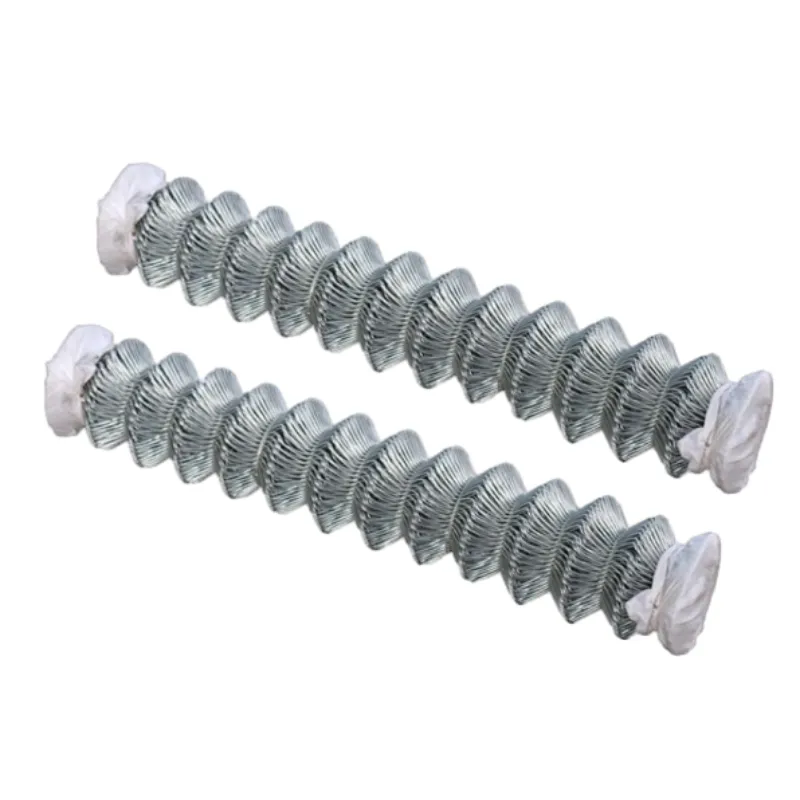
- Afrikaans
- Albanian
- Arabic
- Armenian
- Azerbaijani
- Basque
- Belarusian
- Bengali
- Bosnian
- Bulgarian
- Croatian
- Czech
- Danish
- Dutch
- English
- Esperanto
- Estonian
- Finnish
- French
- Galician
- Georgian
- German
- Greek
- hawaiian
- Hindi
- Hungarian
- Indonesian
- irish
- Italian
- Lao
- Latvian
- Lithuanian
- Luxembourgish
- Macedonian
- Maltese
- Myanmar
- Norwegian
- Polish
- Portuguese
- Romanian
- Russian
- Serbian
- Slovak
- Somali
- Spanish
- Swedish
- Thai
- Turkish
- Turkmen
- Vietnamese
joulu . 17, 2024 02:05 Back to list
fence post replacement
Fence Post Replacement A Comprehensive Guide
Replacing a fence post might seem like a daunting task to many homeowners, but with the right knowledge and tools, it can be a manageable DIY project. Whether your fence is made of wood, vinyl, or another material, understanding the process of fence post replacement ensures that you maintain a beautiful and functional boundary around your property. This article provides a step-by-step guide to successfully replacing a fence post.
Understanding the Need for Replacement
Before diving into the replacement process, it is crucial to identify why a fence post needs replacement. Common reasons include rot, damage from weather conditions, insect infestations, or accidental impacts from vehicles or heavy machinery. Signs of a deteriorating post include visible cracks, sagging, loose or leaning posts, and severe discoloration. If you notice any of these signs, it’s time to look into replacing the post for safety and aesthetic purposes.
Tools and Materials Needed
To replace a fence post, you’ll need some essential tools and materials
1. Tools - Post hole digger or auger - Hammer or post driver - Level - Saw (if cutting the new post) - Safety goggles and gloves
2. Materials - Replacement fence post (wood, vinyl, etc.) - Concrete mix or gravel (for stabilizing the post) - Wood preservative (for wooden posts) - Optional screws or nails for attaching rails or panels
Step-by-Step Replacement Process
fence post replacement

1. Remove the Old Post - Begin by removing any attached fence panels or rails from the old post. Use a hammer or screwdriver, depending on how the panels are secured. - Once the panels are removed, dig around the old post to expose its base. If the post is rotted, it might be easy to pull it out. For stubborn posts, use leverage to pry it out or cut it off at the ground level and dig out the remaining piece.
2. Prepare the Hole - Use your post hole digger or auger to create a new hole for the replacement post. The hole should be about a third of the post's length deep, and it should be twice the width of the post. For example, if you are using a 4x4 post, your hole should be about 12 inches wide and 2 feet deep.
3. Insert the New Post - Place the new post into the hole, ensuring it is straight and level. Use a level to ensure it is vertical. - If you want extra stability, you can use gravel at the bottom of the hole before setting the post. This allows for drainage and helps prevent future rotting.
4. Secure the Post - Once the post is in position, begin filling the hole with concrete mix or gravel. If using concrete, mix according to the package instructions and pour it into the hole. If using gravel, pack it down as you go to eliminate any air gaps. - Allow the concrete to set as directed on the packaging, usually for about 24 to 48 hours.
5. Reattach the Fencing - After the concrete has set, you can reattach any fence panels or rails to the new post. Use screws or nails and ensure everything is secure and aligned properly.
Maintenance Tips
Once you’ve replaced the post, it’s wise to implement some maintenance practices. For wooden posts, consider treating them with a wood preservative to extend their life. Regularly inspect all posts for any signs of wear and be proactive in addressing any issues.
In conclusion, replacing a fence post is a straightforward task that enhances the integrity and appearance of your fencing. With the right tools, materials, and steps, you can complete this project with ease. Not only will you enjoy a sturdy fence, but you will also take pride in maintaining your property with DIY skills. Embrace the challenge and keep your fence in great shape!
-
Versatile Sheep and Livestock Hurdles for Sale
NewsApr.14,2025
-
The Rise of BRC Fencing
NewsApr.14,2025
-
High-Quality Cattle and Horse Panels for Sale
NewsApr.14,2025
-
Durable Cattle Fencing Solutions
NewsApr.14,2025
-
Double Wire Fencing Solutions
NewsApr.14,2025
-
360 Degree Protection with 358 Anti-Climb Fences
NewsApr.14,2025









